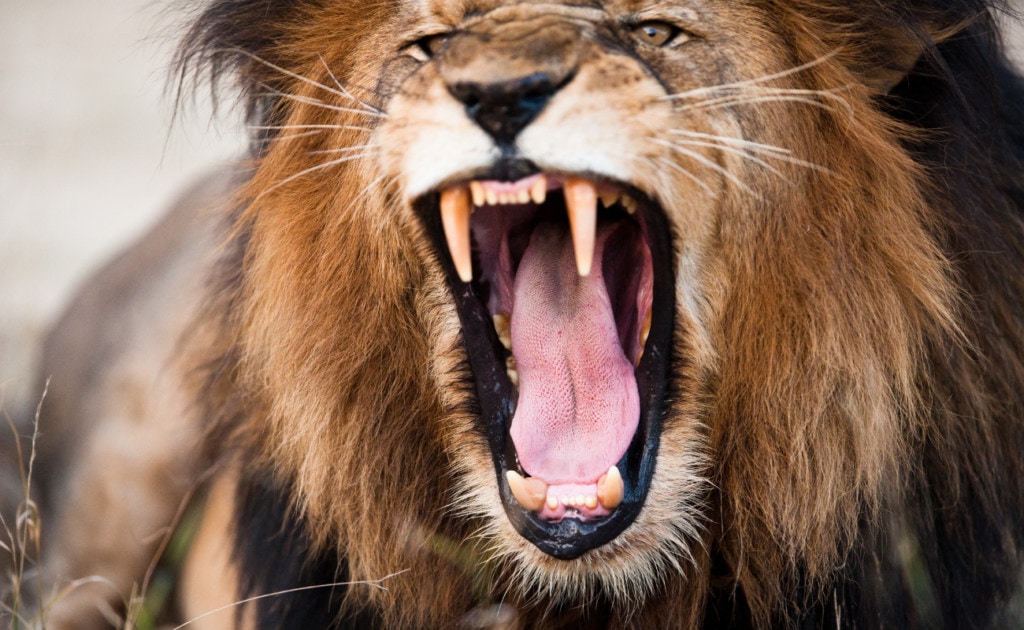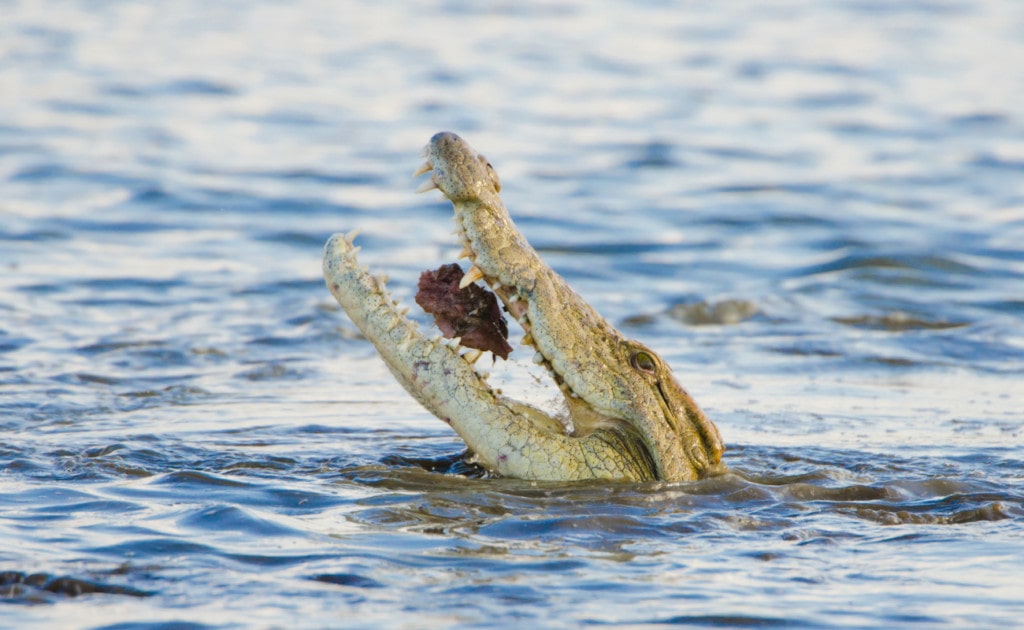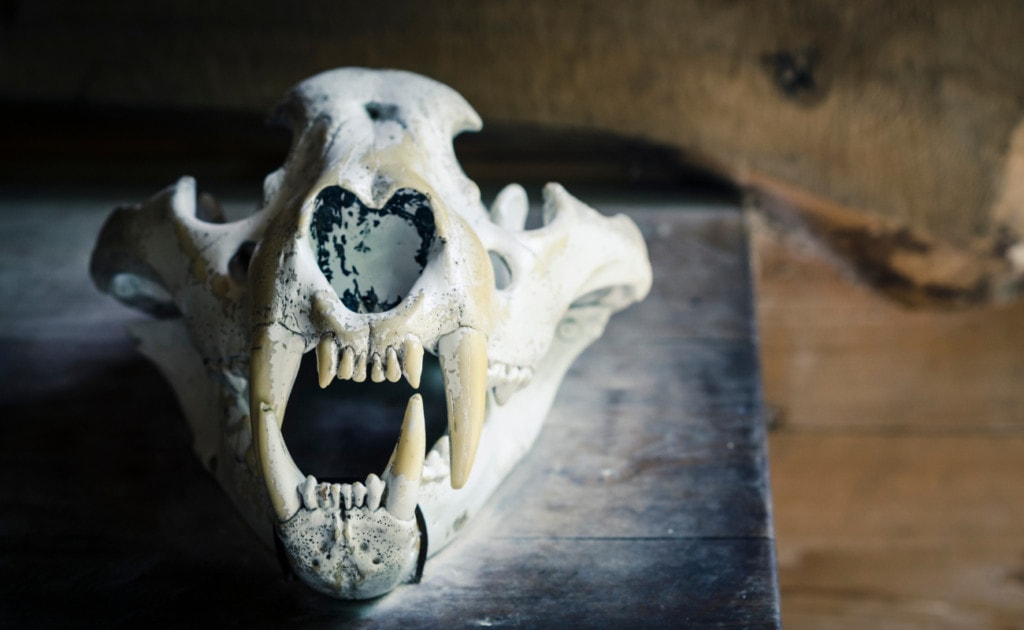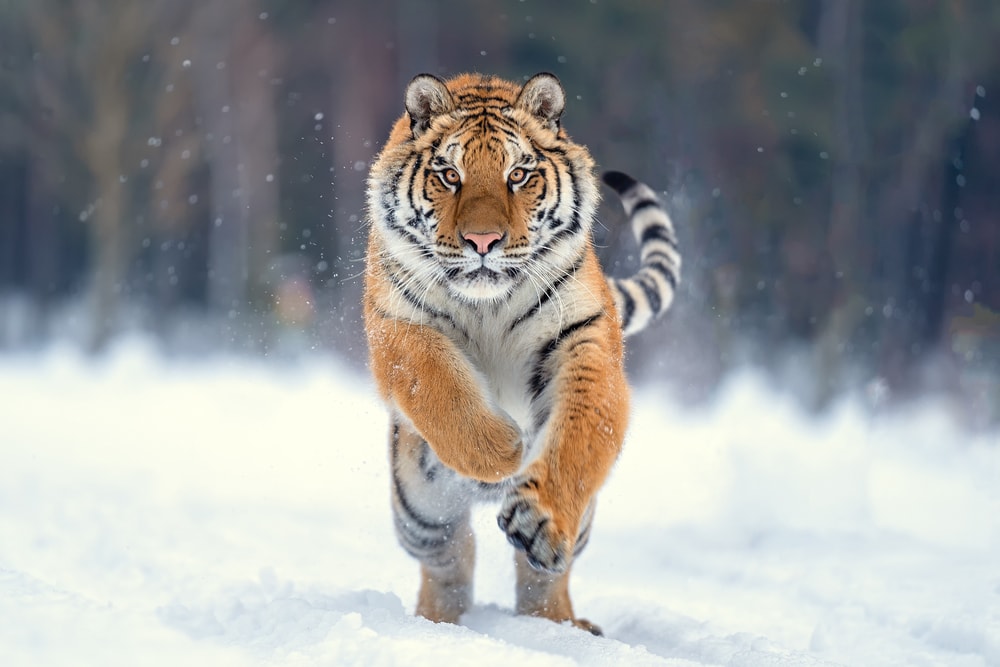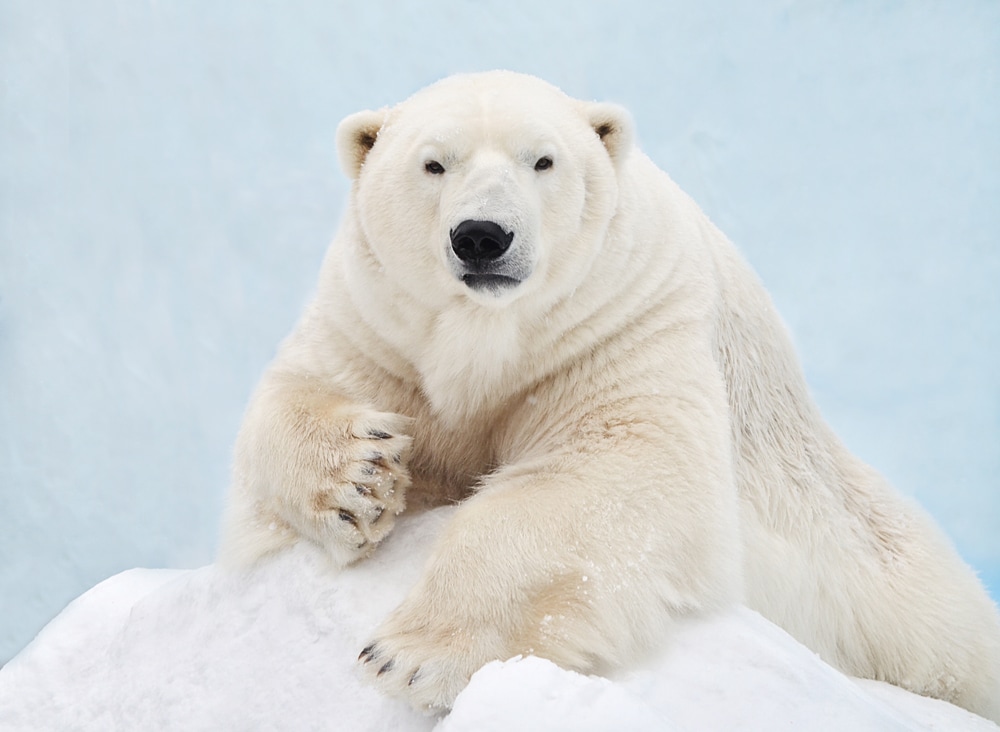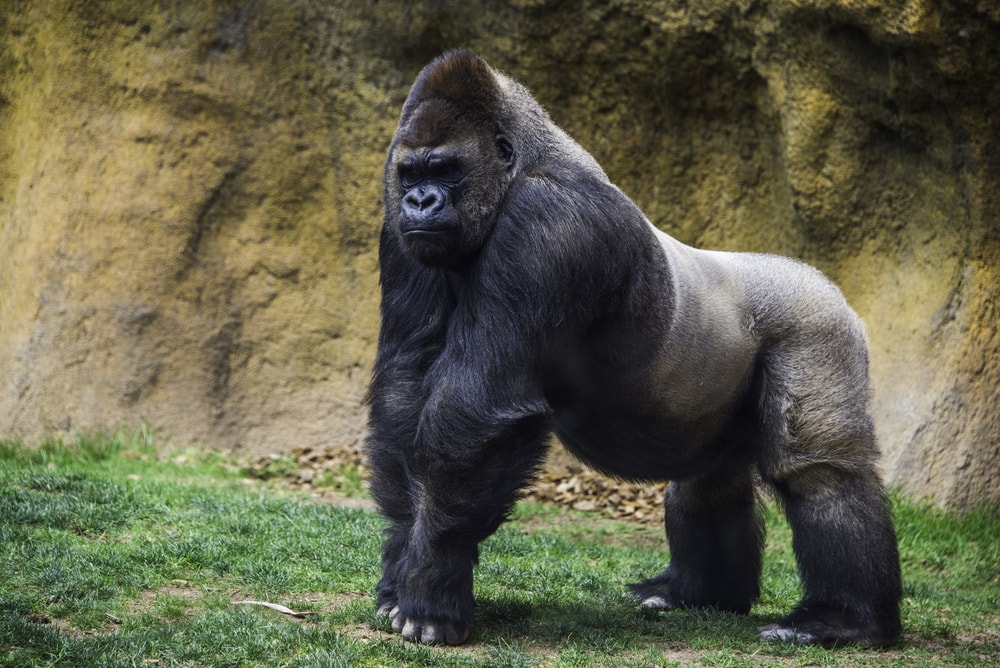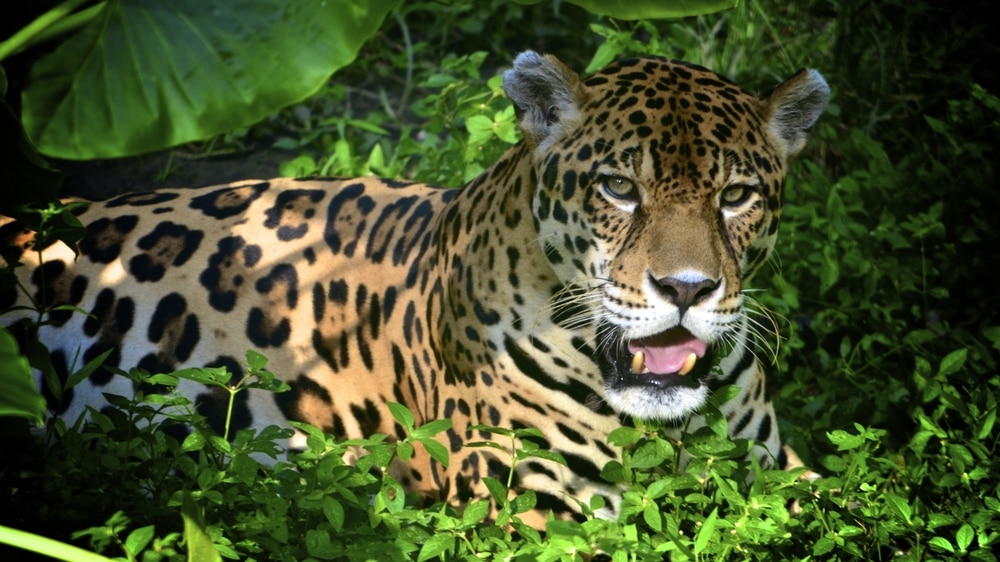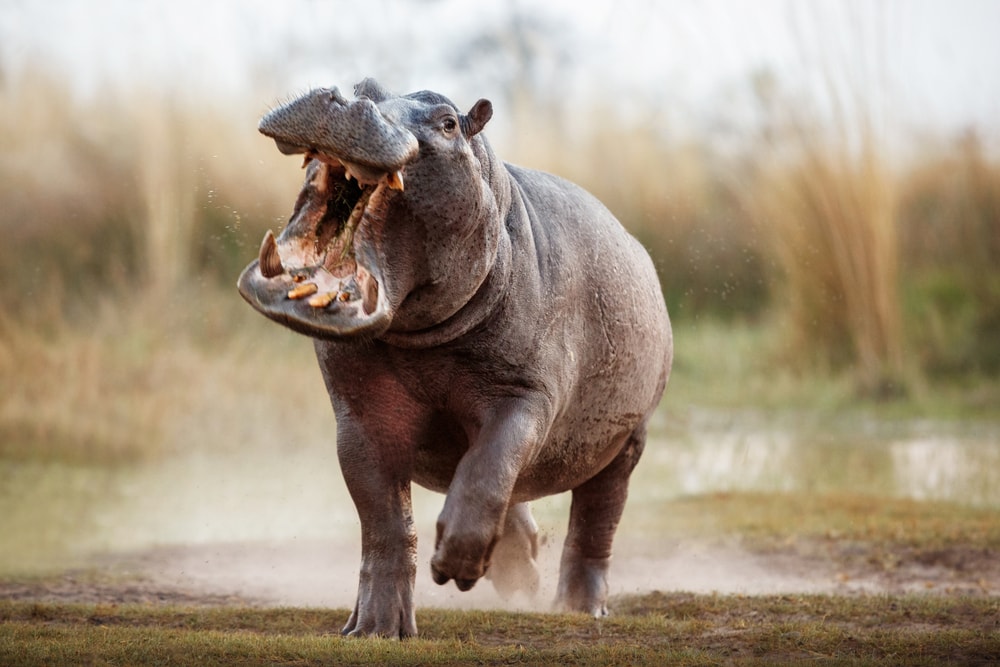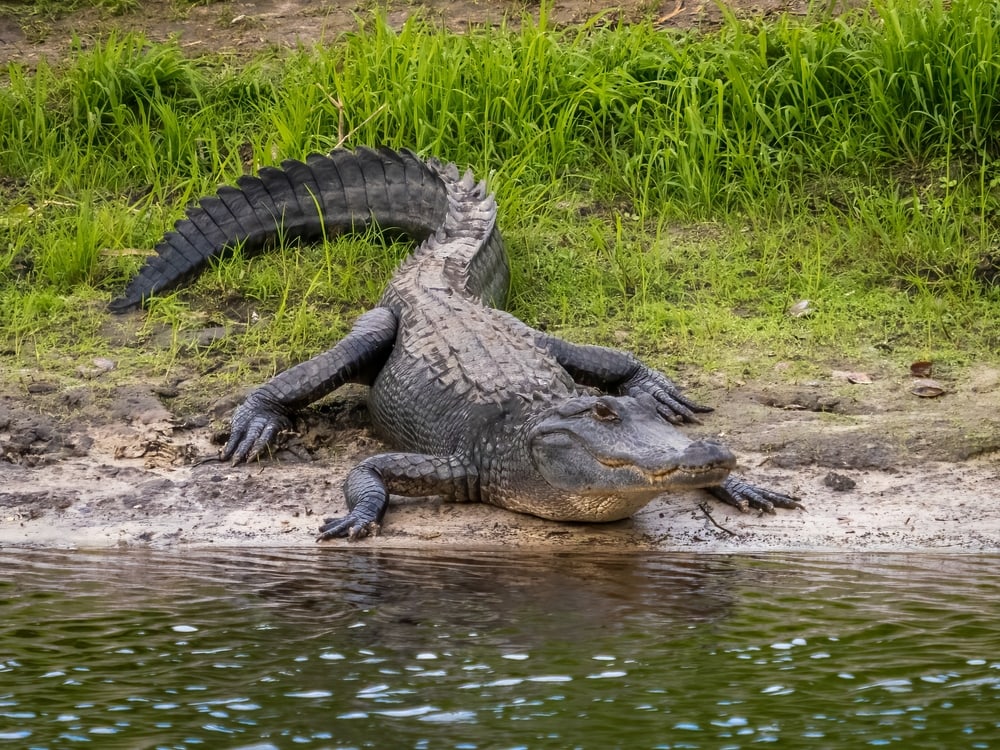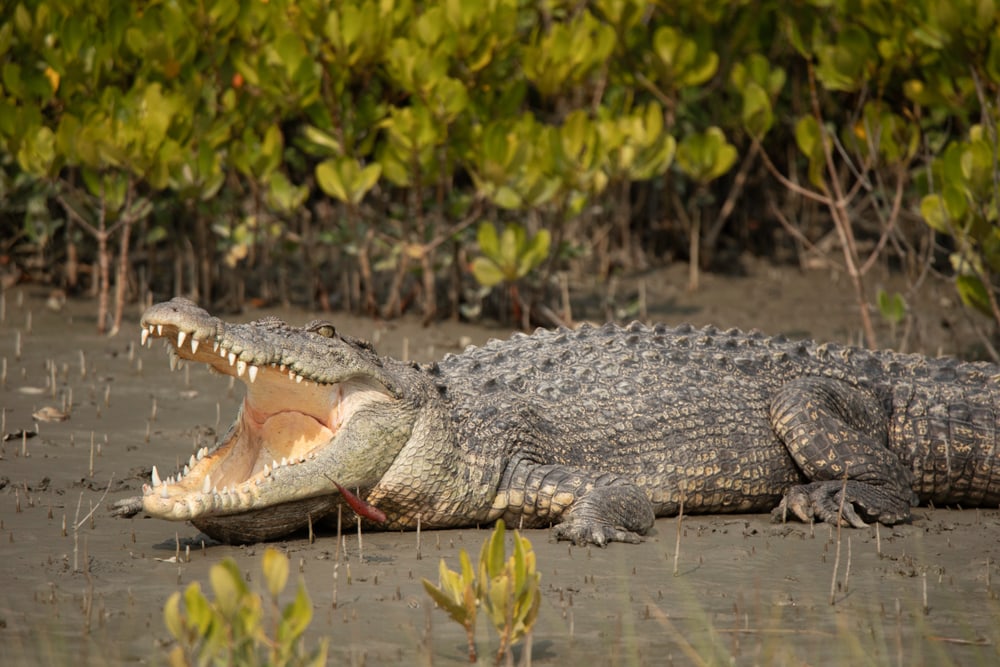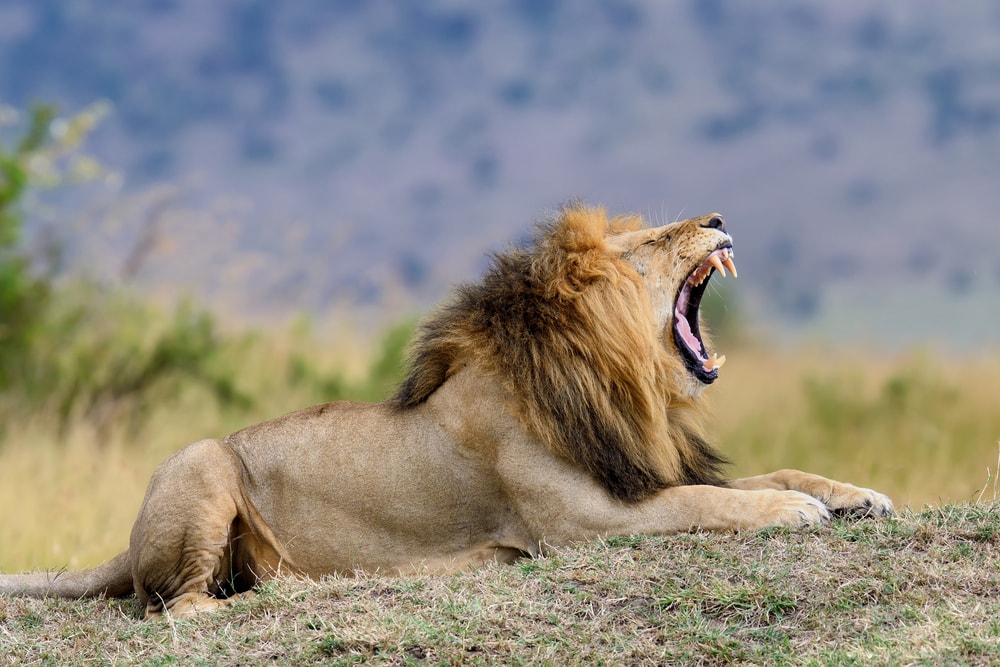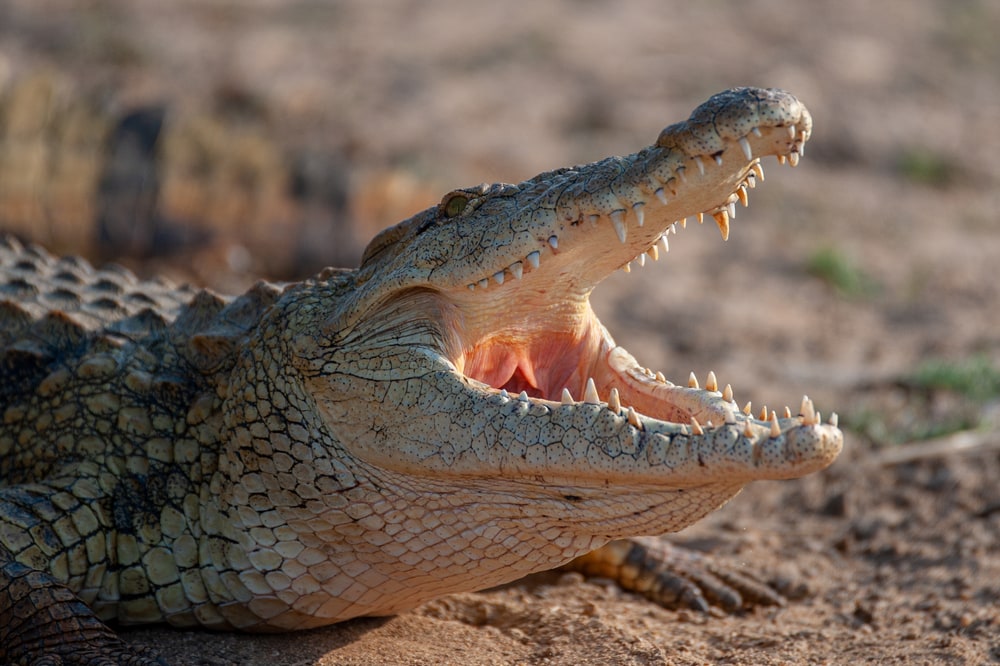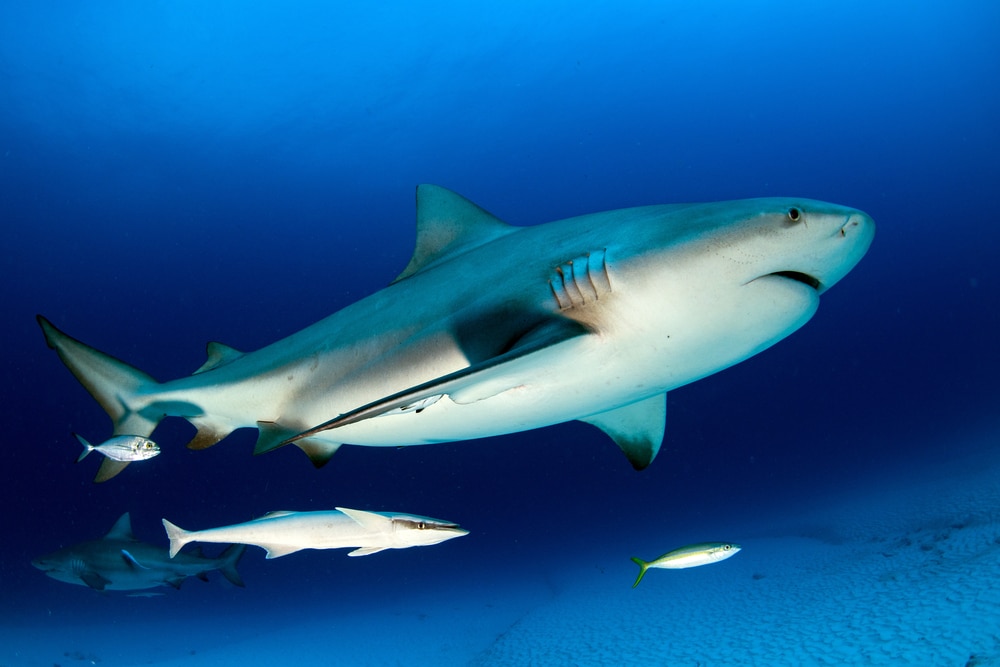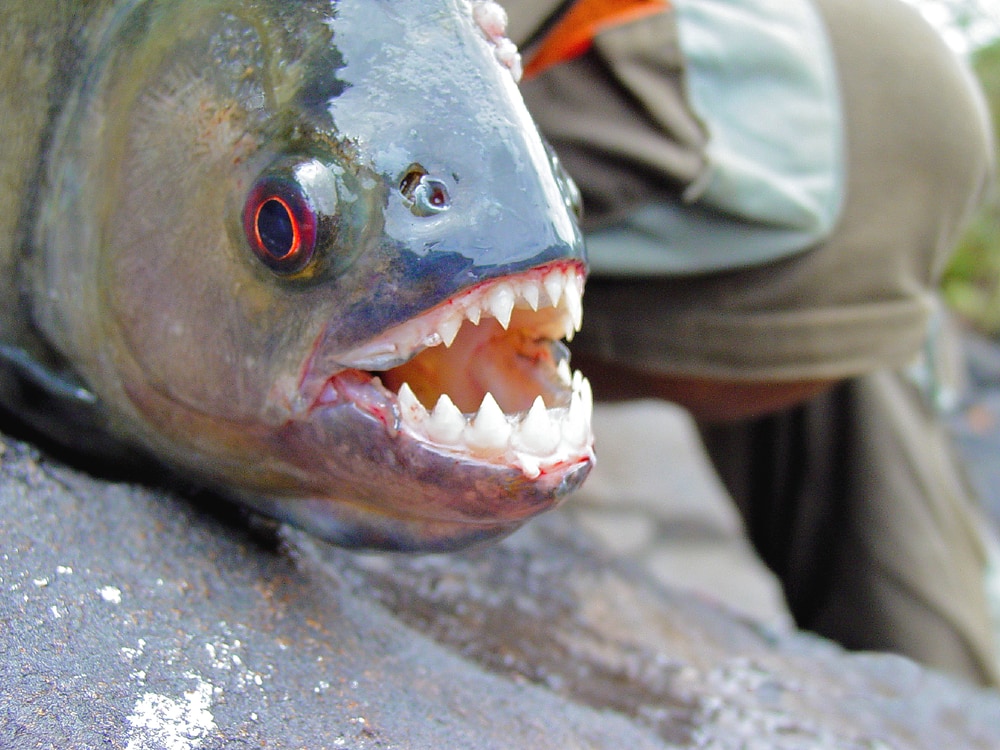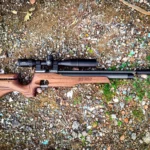You’ve heard great things about the range, accuracy, and knockdown power of 6.5 Grendel rounds out of an AR-15, and now you want to try it. We completely understand. Fortunately, modifying your AR-15 to load and fire 6.5 Grendel rounds is easy – all you have to do is replace the barrel, bolt, and magazine with 6.5 Grendel compatible ones.
Getting the right 6.5 Grendel barrel is especially important because it will determine the handling and accuracy of your gun. Keep reading to discover the best barrel length for 6.5 Grendel.
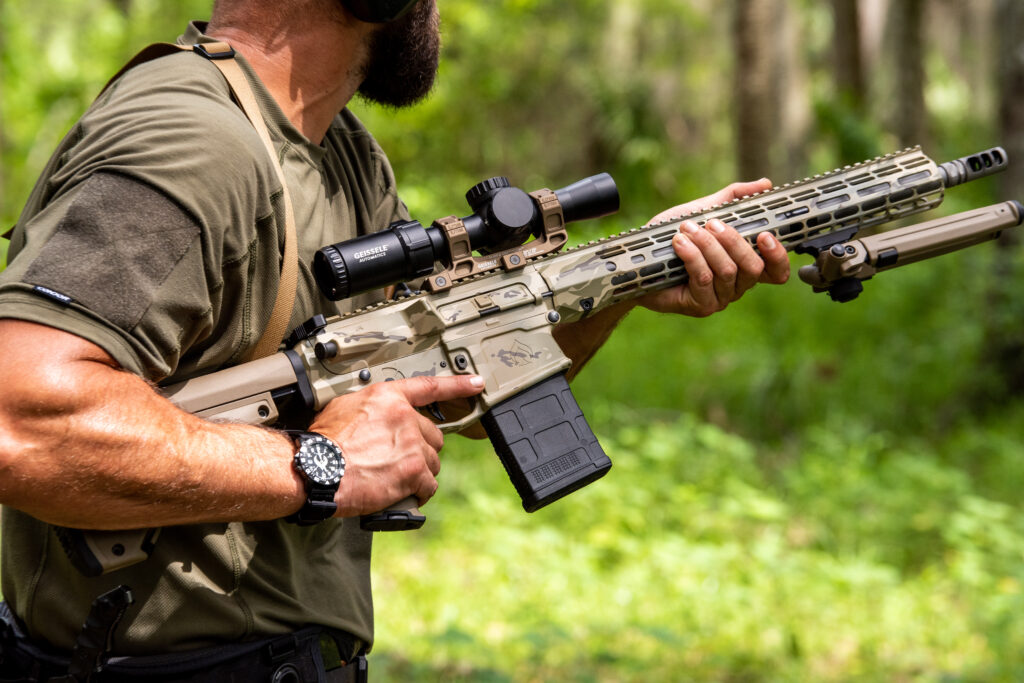
Table of Contents
- The Best 6.5 Grendel Barrel Length Depends on Your Needs
- What Are the Most Popular Lengths for 6.5 Grendel Barrels?
- 6.5 Grendel Barrels for Long Range Shooting
- Optimal Barrel Lengths for 6.5 Grendel Hunting Rifles
- The Most Versatile Barrel Lengths for Multipurpose 6.5 Grendel Rifles
- Barrel Length FAQs
- Need a 6.5 Grendel Barrel?
The Best 6.5 Grendel Barrel Length Depends on Your Needs
Understanding your shooting needs is the first step toward picking the best 6.5 Grendel barrel length. For instance, if you plan to hunt, you will need a long barrel that delivers enough velocity and stopping power to take down your preferred prey.
Long-range shooters also need a long barrel that delivers enough velocity to hit far-away targets. However, your barrel can’t be overly long. A too-long barrel will make your gun bulky and clumsy, leading to trouble wielding and aiming your gun.
What about home protection, self-defense, or combat training? For such scenarios, you don’t need a barrel that delivers maximum range. Instead, go for a gun you can easily and quickly pull, aim, and shoot. Short barrels are best for this because you can easily move the gun within the closed spaces of your home or during close to mid-range combat.
What Are the Most Popular Lengths for 6.5 Grendel Barrels?
What counts as a long or short barrel will depend on your ammo type. For instance, unlike 9mm barrels that can be as short as 4.5 inches, the shortest 6.5 Grendel barrel you can get is 12 inches. Why? Since 6.5 Grendel is a mid to long-range ammo, it requires a barrel that can support that range.
Below are the most popular 6.5 Grendel barrel lengths:
- 12.5 inches: A 12.5-inch 6.5 Grendel barrel is ideal if you want to keep your gun as compact and light as possible for easy wielding.
- 16 inches: A 16-inch 6.5 Grendel barrel is a mid-length barrel that offers better muzzle velocity than 12 inches without overly compromising maneuverability.
- 18 inches: The 18-inch 6.5 Grendel barrel is popular among shooters who want to hit far-off targets.
- 20 inches: If you want maximum velocity and range, a 20-inch Grendel barrel is the way to go.
6.5 Grendel Barrels for Long Range Shooting
You can hit targets up to 800 yards away with 6.5 Grendel ammo, but only if you have the right barrel length. A 20-inch barrel is long enough for complete gunpowder burning to generate maximum bullet velocity. The velocity generated by the long barrel will help your long-range precision shooting by making a round fly further on a flat trajectory before gravity pulls it off course.
While longer barrels are available, tests show that the velocity generated by a 22-inch barrel is close to that of a 20-inch barrel. Since the velocity gains from going 22 inches or higher are negligible, you are better off sticking with a 20-inch barrel. Also, getting a 22-inch barrel or higher may make your gun uncomfortably heavy and long.
Optimal Barrel Lengths for 6.5 Grendel Hunting Rifles
Among many hunters, 18 inches is considered the best barrel length for 6.5 Grendel. Since the barrel isn’t overly long, you don’t have to worry about your gun getting caught in bushes while hunting for prey. Also, the barrel’s length will not get in the way of pulling and shouldering your gun to take aim or make follow-up shots quickly.
Even better, an 18-inch barrel combined with a 6.5 Grendel round can generate enough power to take down most deer-sized targets at 500 yards. Also, an 18-inch 6.5 Grendel barrel offers enough stability and velocity to help rounds maintain course and remain accurate, increasing your chances of hitting prey in a kill zone.
The Most Versatile Barrel Lengths for Multipurpose 6.5 Grendel Rifles
Do you want an AR-15 that can multitask? If so, fit it with a 12.5 or 16-inch 6.5 Grendel barrel. These mid-length barrels offer the best of both worlds, keeping your gun easy to wield and offering impressive velocity and accuracy.
Barrel Length FAQs
Here are answers to common questions about the best barrel length for 6.5 Grendel:
How far can you accurately shoot a 6.5 Grendel?
The distance you can accurately shoot 6.5 Grendel rounds will depend on various factors, such as wind, barrel length, skill level, and bullet weight. In standard conditions, a 6.5 Grendel round can travel 200 yards without experiencing a drop. That means you get the most accuracy at 200 yards. However, a skilled shooter can compensate for drop and accurately hit targets at 800 yards.
What does a 6.5 Grendel compare to?
The ammo most similar to the 6.5 Grendel is the .308 Winchester. They are both long-range rounds, but the .308 Winchester has a slightly larger diameter. The bigger size of the .308 gives it a bit more knockdown power than the 6.5 Grendel. However, the 6.5 Grendel takes the prize for accuracy because of its lower recoil and superior wind resistance.
Is it better to have a longer or shorter barrel for 6.5 Grendel?
Whether you should get a longer or shorter barrel for 6.5 Grendel will depend on your shooting plans. Go for a longer barrel if you want maximum accuracy and bullet velocity. However, if you want a gun that stays easy to carry and wield, you are better off with a shorter barrel. While a shorter 6.5 Grendel barrel has less range and power, it’s more than enough to take down targets at 200 yards.
How much does a 6.5 Grendel drop at 500 yards?
The drop of a 6.5 Grendel round at 500 yards will depend on your barrel and bullet weight. According to data from AmmunitionToGo.com, 6.5 Grendel ammo fired from a 24-inch barrel will drop 50 to 60 inches at 500 yards, depending on the specific 6.5 Grendel ammo you use. Hornady Match 123 Gr. ELD drops 51.3 inches at 500 yards, while Federal Gold Medal 130 Gr. OTM drops 59.48 inches.
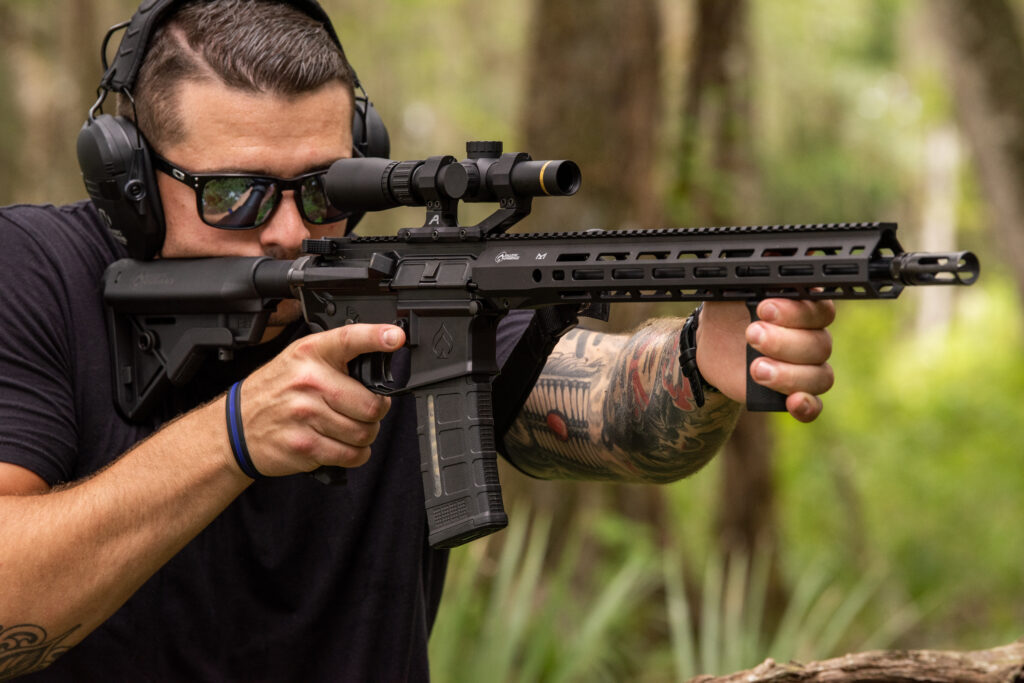
Need a 6.5 Grendel Barrel?
Now that you have the scoop on the best barrel length for 6.5 Grendel, which one do you plan on getting? Don’t forget that the right barrel length for your AR-15 is one that fits how you intend to use your gun. Visit the Ballistics Advantage store today to browse and order your preferred 6.5 Grendel barrel and the other components you need to upgrade your AR-15 to take 6.5 Grendel rounds.








![Air gun 101: The differences between .177 & .22 – Which jobs they do best ? [Infographic]](https://airgunmaniac.b-cdn.net/wp-content/uploads/2024/11/1773-218x150.jpeg)




































